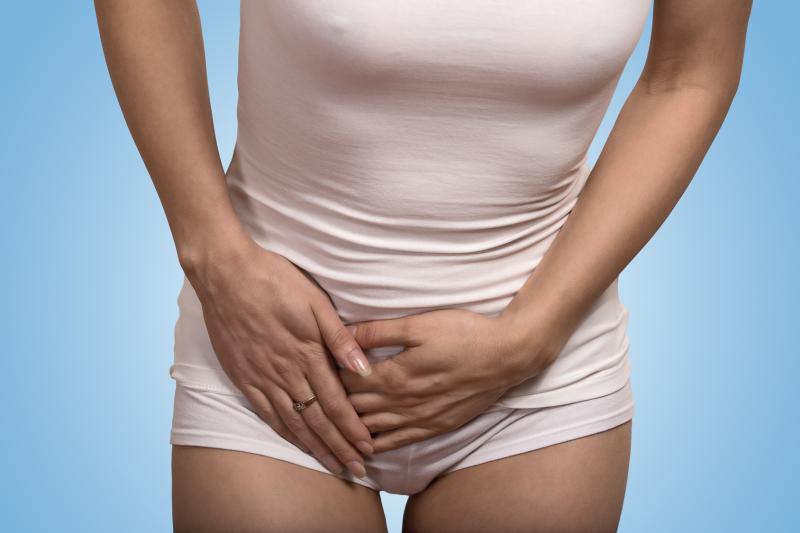
Zinc levels of cervicovaginal lavage may be used as a marker of vaginal atrophy, with a recent study reporting that women with low vaginal maturation value were more likely to have reduced cervicovaginal lavage zinc levels.
The study included 120 women who underwent a pelvic examination and contributed samples for vaginal cytology. Researchers performed cervicovaginal lavage in a standardized fashion and measured the zinc content. They calculated vaginal health index and assessed burning, itching, vaginal pain, dyspareunia, dryness and dysuria using the visual analogue scale. A vaginal maturation value of <50 indicated vaginal atrophy.
Of the women, 82 were menopausal. The mean vaginal health index was 15, while the total visual analogue scale score was 14.
Cervicovaginal lavage zinc levels markedly differed by age, menopausal status, presence of vaginal dryness, and vaginal atrophy. Correlation analysis showed a moderate positive association between vaginal maturation value and cervicovaginal lavage zinc levels (r, 0.495; p<0.01).
In a multivariate regression model controlling for all potential confounders, the association between low zinc levels of cervicovaginal lavage and vaginal atrophy remained significant.
Cervicovaginal fluid (CVF) plays an important role in the homeostasis and immunity of the lower female genital tract. CVF is composed of (a) vulvar secretions from sebaceous, sweat, Bartholins and Skene glands; (b) plasma transudate through the vaginal wall; (c) exfoliated cells; (d) bacterial products; (e) cervical mucus; (f) endometrial and oviductal fluids; and (g) secretions from vaginal immune cells. Hence, CVF may serve as a potential source of biomarkers for numerous gynecological pathologies. [Proteome Sci 2010;8:63]